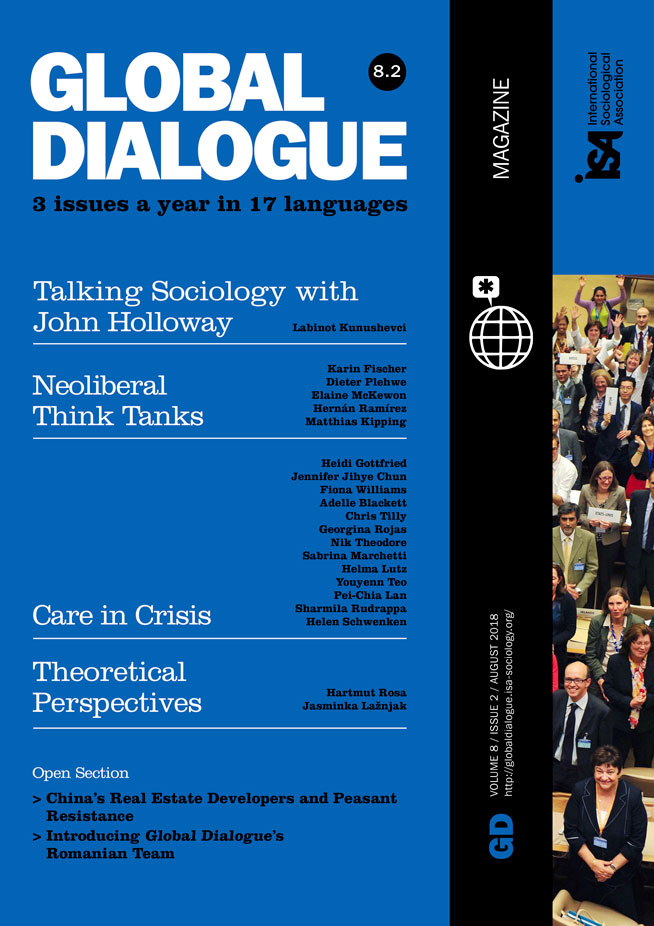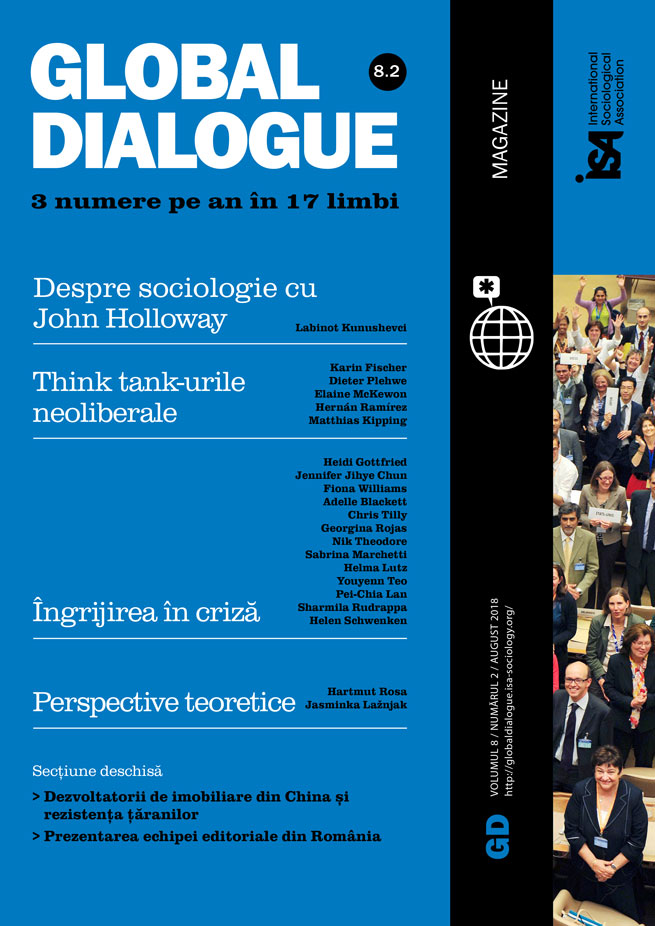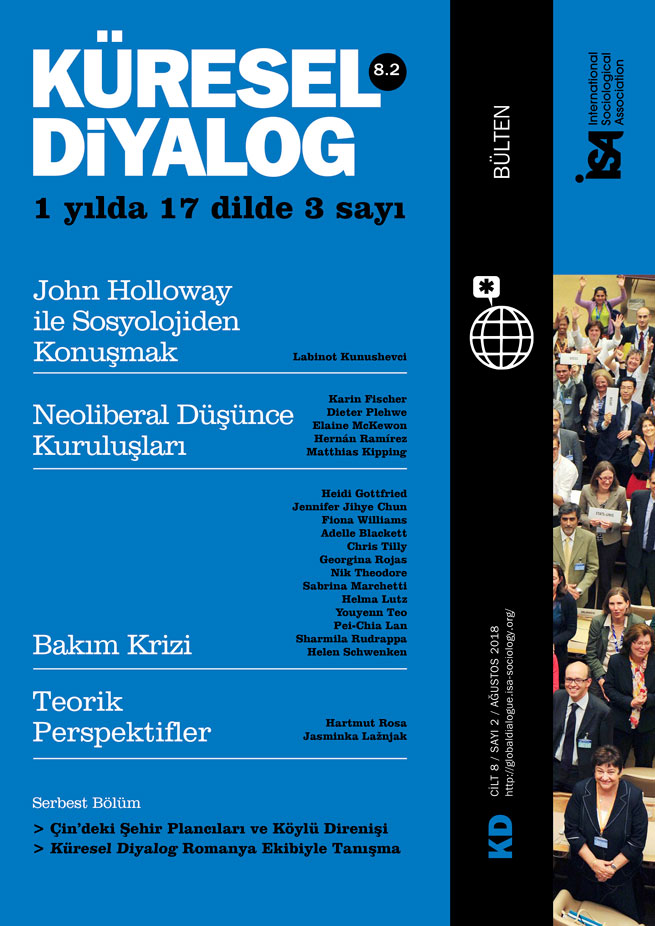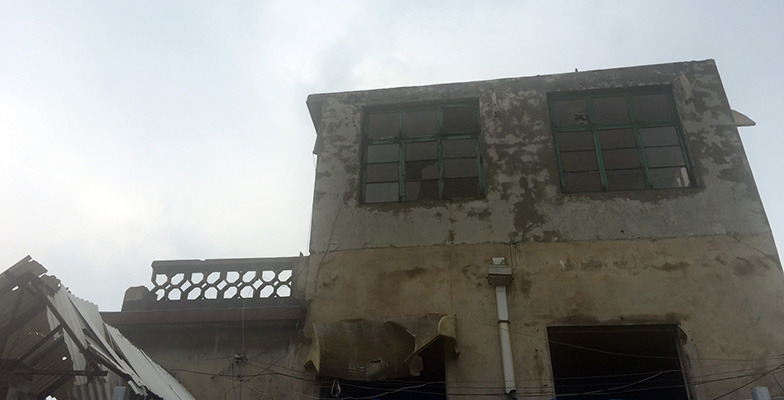Read more about Open Section
Introducing Global Dialogue’s Romanian Team
by Raisa-Gabriela Zamfirescu
July 09, 2018
In front of a half-destroyed house on the edge of one of China’s rapidly-growing cities, a “nail house” resister chased a real estate developer’s staff with two kitchen knives, accusing the “demolition gang” of constant harassment, and threatening to kill the developer. In the last few years, most of the villager’s neighbors had given up on keeping their homes, instead accepting compensation for their land, and moving into high-rise apartments. But in this village, twenty nail households had refused to move. Three months later, when I accompanied the real estate developer as part of my research on China’s urbanization policy, I watched, horrified, as bulldozers arrived to tear down the resister’s two-story rural house. The resister poured gasoline around his home, ignited a gasoline tank, closed his door, climbed onto the roof, and waited for the explosion to take his life.
But as I watched, two highly skilled members of the developer’s private security team dragged the resister from his roof. Others efficiently put out the fire, and used bulldozers to flatten his house. This was the tenth “nail house” – a term used for houses owned by peasants who stubbornly hold on – that they demolished that morning; the first nine took less than an hour to remove.
China’s rapid urbanization has triggered massive land expropriation: millions of peasant households have been evicted and relocated with minimal compensation. In the last ten years, the central state reformed the legal and institutional structures that control land conversion, seeking to protect peasants and farmland. But since land sales are still the main source of income for local municipalities, local authorities across China continue to expropriate farmlands, relocating peasants and converting residential areas for commercial use.
Today, land-based grievances provoke most of China’s popular protests: when all other solutions are exhausted, desperate peasants use their own bodies as moral leverage, stubbornly holding on to their old houses like nails hammered to the ground, desperate to retain their rural livelihoods.
Most sociological discussions of popular resistance and control in China revolve around the state-society division, identifying municipal and township governments as the main actors in silencing land-related peasant resistance. But this exclusive focus on state actors overlooks another powerful source of repression: private real estate developers, who have been allowed by local authorities to expropriate and dispossess peasants as a result of China’s new approach to funding urban infrastructure.
For two decades, China’s local governments have relied on bank loans to fund real estate clearance and upgrading; but since 2016, the central state has rigorously prohibited bank loans for land expropriation, instead encouraging local states to develop municipal bonds. Rather than relying on fledgling bond markets, however, many local authorities turn to a local ally – private real estate developers – for help.
During my fieldwork in 2016-8, I saw private real estate developers participate actively in each phase of land expropriation, and I watched real estate agents deploy multiple strategies to actively undermine peasant resisters’ claims to the land.
As several observers have pointed out, China’s local authorities have sometimes relied on “thugs for hire” to silence resistant nail households. But these conflicts can be messy: many village cadres sympathize with fellow peasants, and instead of following orders from their superiors, local officials may join fellow villagers, even becoming nail households themselves.
Undisciplined violence can lead to serious casualties and bad publicity. When that occurs, the strategy can backfire, sometimes prompting the central government to crack down, and tarnishing the careers of local bureaucrats. By outsourcing violence to private real estate developers, local governments seek to avoid the blame for any repression, efficiently achieving eviction and demolition. Developers can hire experienced gangsters (the so-called “demolition team”) who have already built their reputation for “zero-casualty” evictions by successfully demolishing nail houses in other villages.
Demolition team members drag resisters out of their houses, but avoid injuries; they are paid handsomely to risk being beaten up by villagers in the process. As both local officials and real estate informants reminded me, central and provincial governments tend to intervene only when the media reports on protests – which is most likely when the eviction involves serious casualties, or an unusually large number of participants. By minimizing physical injuries, these private security forces undermine the “body politics” of nail household resisters, and reduce the likelihood of central government intervention.
Prolonged resistance by nail household resisters complicates these processes, of course. Peasants who refuse to abandon their homes create lengthy delays and rapidly accumulating interest payments, sometimes pushing smaller fly-by-night real estate companies into bankruptcy.
But when resisters face real estate titans who can afford some delay in the process, peasant households are rendered fundamentally powerless. In everyday resistance, nail households endure constant harassment from demolition teams: their windows may be broken by hooligans, and water and electricity cut off by local municipal governments. For many of these resisters, long physical and psychological torments can be dangerous, triggering strokes, heart attacks, anxiety, or depression. By the time bulldozers tear houses down in the final raid, real estate developers have already exhausted resisters, mentally and physically.
While all nail households fight for fair compensation, their reasons for resisting vary. Near urban areas, many households put up fierce fights, since relocation cuts off their only source of income: many “urban villagers” build multi-story houses on their plots, renting rooms to migrant workers and office staff, or opening small businesses on the ground floor. In peripheral rural towns, peasants may become nail households because they can’t afford the apartments they are offered. After helping their offspring buy apartments, the older generation is often left behind in half-destroyed houses, with no other place to live.
No matter why peasants become “nails,” these conflicts take a toll. In one village, I watched an aging resister, furious, throw himself under the parked car of a real estate field staff member, swearing he would get revenge. Waving a long wooden stick, the resister threatened to hurt anyone who came near, including his wife, who was trying to calm him down. The resister’s face turned red and his breath became short, and his wife burst into tears. “It’s his heart. I know that one day, a heart attack will take his life, if we continue to live like this,” the wife cried. But no one seemed to listen.
Yue Du, University of Wisconsin-Madison, USA and member of ISA Research Committee on Regional and Urban Development (RC21) <yue.du@wisc.edu>
This issue is not available yet in this language.
Request to be notified when the issue is available in your language.
If you prefer, you can access previous issues available in your language:
















